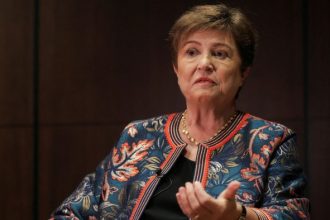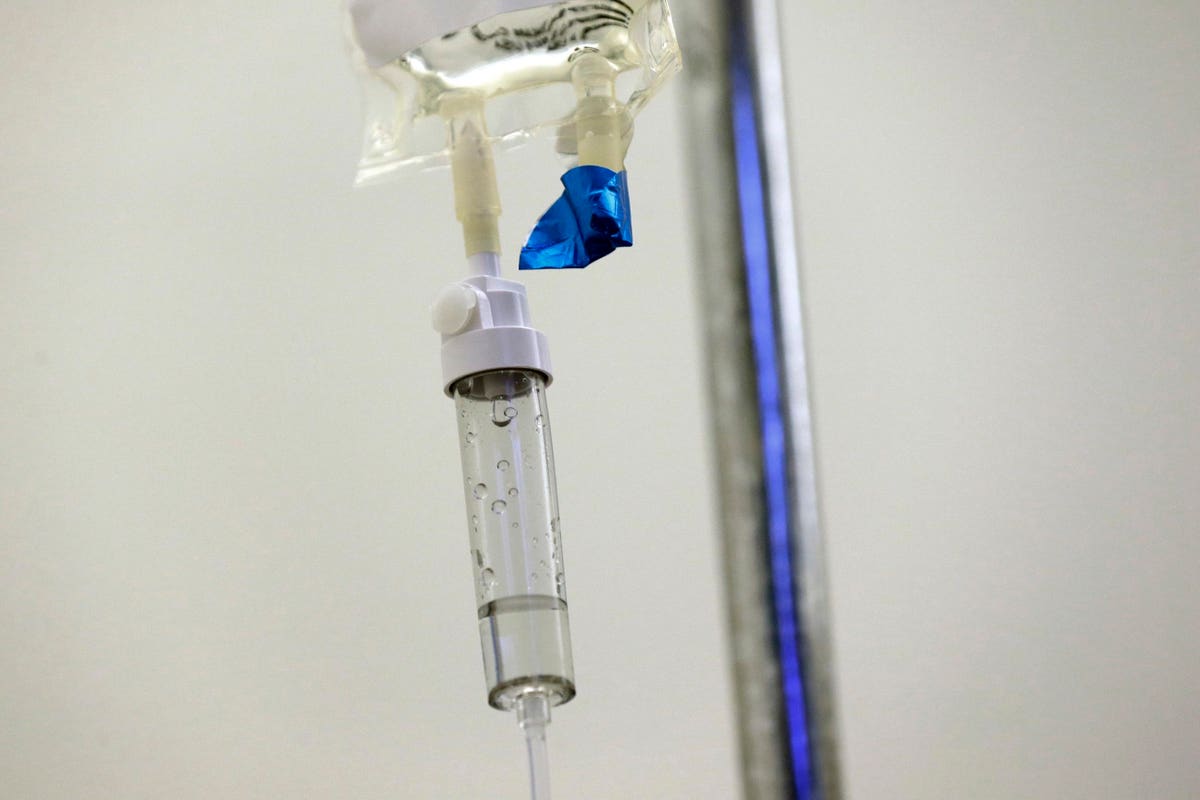This year’s worsening cancer drug shortages in the U.S. are a public health emergency. There are no easy fixes. But a concerted, multi-pronged effort among key stakeholders, with the federal government playing a proactive role, could bring about structural changes needed to break the cyclical pattern of pharmaceutical shortages.
In 2011, a Reuters news article headline read “cancer drugs shortage has doctors scrambling.” Well, in 2023 physicians are still struggling to locate necessary drugs for their oncology patients. Drug shortages in the U.S. have been a chronic issue for several decades, with cyclical spikes appearing approximately every ten years.
In March, a hearing on drug shortages held by the Senate Committee on Homeland Security and Governmental Affairs noted that between 2001 and 2011 the number of new drug shortages had ranged from 58 in 2004 to 267 in 2011. The trend toward newly reported drug shortages declined from 2018 through 2021, but then rose again to 160 in 2022. The first quarter of 2023 marked another peak in the cycle, with 301 active shortages as of the beginning of April.
The situation is worse than it was in 2011, both in terms of numbers of drugs and the impact it’s having on patients. As of early July, there were 15 oncology medicines on the official Food and Drug Administration (FDA) shortage list. Among the current drugs in shortage is carboplatin, a chemotherapy agent used to treat triple negative breast cancer, as well as ovarian and head and neck cancers. Another drug that’s in short supply is cisplatin, which has been the backbone for lung cancer regimens for many years.
The National Comprehensive Cancer Network, an alliance of 33 U.S. cancer centers, posted survey results in June that showed that 93% of cancer centers didn’t have enough supplies of carboplatin and 70% had cisplatin shortages.
Besides carboplatin and cisplatin, other cancer drugs with limited availability include 5-fluorouracil, fludarabine phosphate, dacarbazine, methotrexate, amifostine, azacitidine, and capecitabine. Furthermore, there may soon be shortages of doxorubicin, a critical component of breast cancer, leukemia and lymphoma treatment, and nab-paclitaxel, a commonly used therapy in pancreatic and metastatic breast cancer.
All of the above-mentioned drugs are generic. And most are injectables. The latter is important because higher quality standards are required for the manufacturing of intravenous medicines that directly enter a patient’s bloodstream than for oral medications which are first processed by the digestive system. So if a key maker of an infused medicine encounters a serious problem related to its quality of manufacturing practices, it’s considerably harder to correct the issue and find a suitable replacement manufacturer.
This is essentially what happened with the Indian firm, Intas Pharmaceuticals, which produces generic medicines for export to, among other countries, the U.S. Up until late last year, the company’s factory accounted for roughly half of the U.S. supply of the generic chemotherapy drug cisplatin.
In November, inspectors from the FDA found widespread problems at the plant, which meant that there was no longer a dominant supplier of cisplatin in the healthcare system.
The fragile supply chain is exemplified by the fact that disruption at a single plant can in turn trigger widespread shortages when other manufacturers can’t make up the difference.
There are many other causes of the current crisis, including the problem of low profitability in the generics industry. Given the thin profit margins, the only way for the generics industry to make money is to have a concentrated small group of companies that each have a large share of the market. However, if one of the firm stops producing for one reason or another, there are few competitors to fill the gap.
In light of the current critical situation, there are everyday ethical dilemmas caused by needing to ration cancer drugs. Who gets prioritized in terms of allocation of the limited supply? And which criteria determine prioritization?
An event such as the widespread cancer drug shortage, which poses a substantial health risk to the public, is for all intents and purposes a healthcare emergency. This is because the health consequences related to the scarcity of such essential therapeutics have the potential to become dire for patients.
There are organic solutions, if you will, that have arisen spontaneously in the marketplace, These can alleviate some deficiencies. Civica Rx, for example, is a non-profit organization whose mission is to reduce and prevent drug shortages and the price increases that often accompany them. Founded in 2018, Civica serves 55 health systems and 1,500 hospitals. As of January 2022, Civica provided nearly 70 million vials of essential medicines, which is sufficient to treat over 26 million patients across the U.S.
Civica sources generic drugs from manufacturers, which it vets for quality. Subsequently it makes bulk purchases which it then supplies to hospitals with the intention of building up rolling six-month inventories of the drugs.
Ultimately, however, Civica can only do so much. It can’t be relied upon to be the overall healthcare system’s savior. Structurally a lot more will have to change systemwide to avoid recurring shortages which go well beyond the cancer disease area.
This spring, legislators have requested information from the FDA on how to resolve the acute and long-term drug shortages. The questions posed to the FDA included how the agency is working with manufacturers to mitigate the shortage of the drugs, whether will there be additional shortfalls of other chemotherapy drugs and what the FDA can do to help increase production of the drugs.
In May, Representatives Dingell (D-MI) and Walberg (R-MI) drafted a letter to FDA Commissioner Califf, expressing concerns in particular about the lack of cisplatin and carboplatin in hospitals.
According to the FDA, the agency is “doing everything possible to mitigate these shortages.” To illustrate, the FDA is now allowing temporary importation of chemotherapy drugs from overseas manufacturers that are not currently approved to distribute in the U.S. On June 2, FDA Commissioner Califf announced that the agency had granted emergency authorization for Chinese-made cisplatin to enter the U.S. market. Thus far, it’s unclear how much impact this has had on reducing the shortage of the product.
Correcting for a dysfunctional market for certain generic drugs can’t be done effectively in piecemeal fashion, however. Thinking ahead, the federal government will need to consider the cancer drug shortage, in particular, as a public health emergency, in which case stockpiling medications will be a necessity.
To figure out which medicines to ensure hospitals have on hand, perhaps some lessons can be drawn from the World Health Organization’s (WHO) essential medicines list. This includes medicines such as carboplatin and cisplatin which the WHO assesses as being vital for hospitals to have in stock. Having a three to six month stockpile of such medications may help effectively manage recurring problems.
Of course, this raises several questions as stockpiling is easier said than done. Who does the manufacturing? Presumably, domestic companies will be preferred, but how will that work in the context of trade treaties that may disallow such explicit preferences?
Importantly, what financial incentives will the federal government institute to actually spur production? A sustainable system will likely require a permanent set of subsidies to generics manufacturers, in addition to paying higher prices for generics.
A report published last month by the Brookings Institution provides details on how the government could intervene, with legislation and funding, to create incentives for manufacturers, and for purchasers of the drugs, such as Medicare, to pay a premium for assured quality.
Cancer drug shortages aren’t new. Nor are the proposed solutions. But perhaps the critical nature of the present public health emergency will serve as a call to comprehensive federal government action.
Read the full article here





